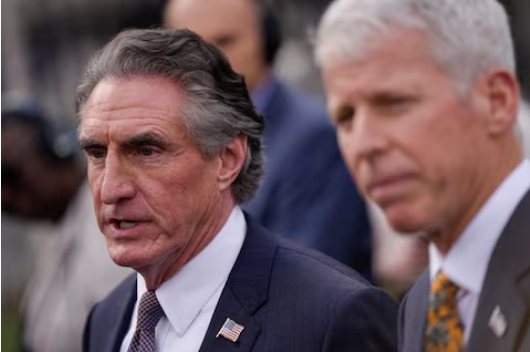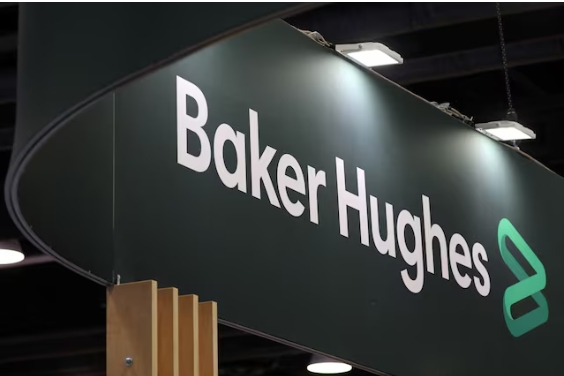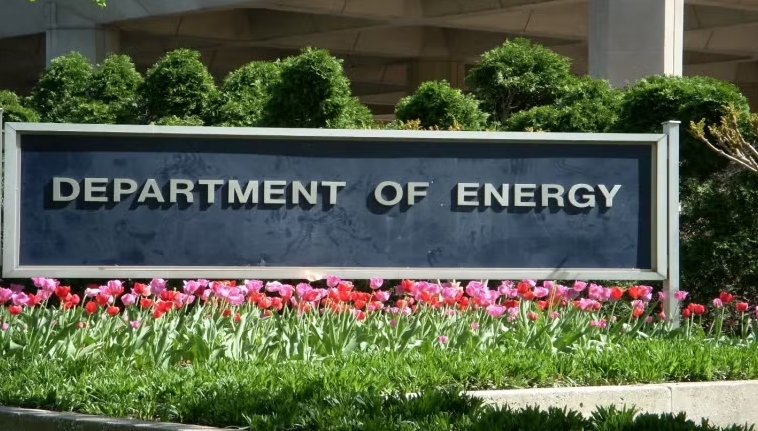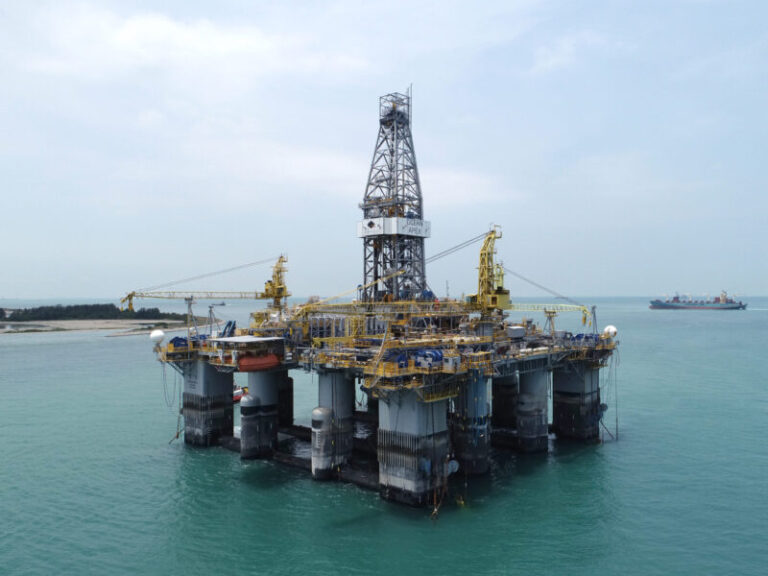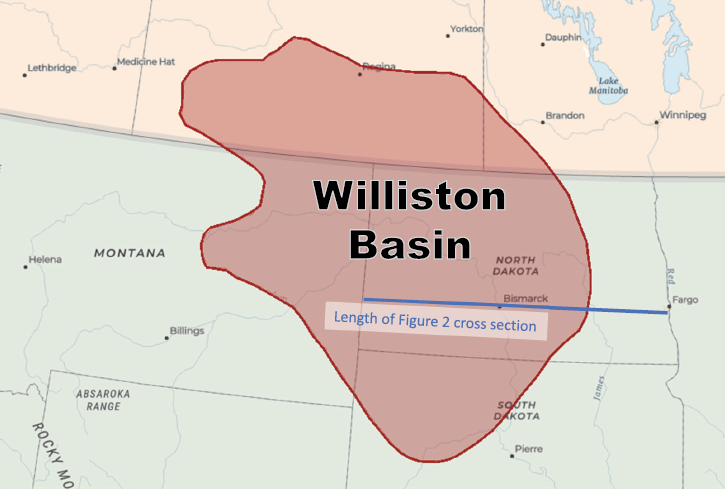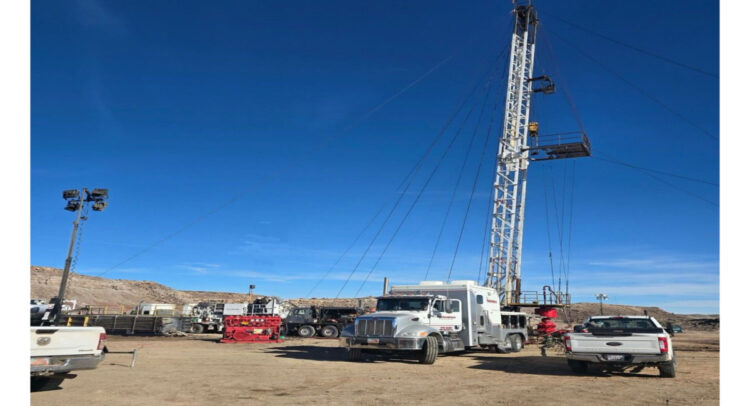Energy efficiency measures need more investment and innovation to accelerate their implementation, DNV GL argues in its latest ‘Transition Faster’ report.
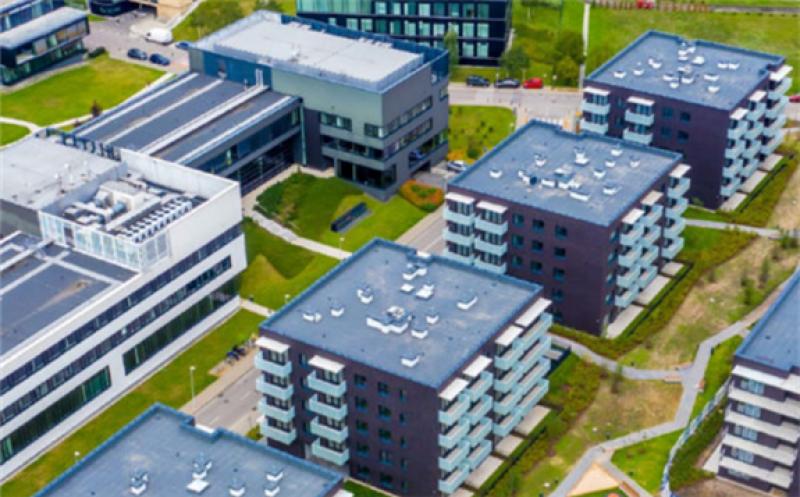 Image: DNV GL
Image: DNV GL
Alongside renewables, energy storage and carbon capture, energy efficiency has similar importance in driving the energy transition. Simply being more energy efficient is often the easiest and cheapest way to use less energy and reduce carbon emissions.
To date, the focus on energy efficiency has been primarily on the commercial and industrial sector with its large potential for savings and better access to capital. But now there needs to be a greater focus on the residential sector, with the shift to greater residential energy use resulting from the Covid-19 pandemic providing an opportunity, DNV GL suggest in the report.
“Strategies that enable individuals and companies to use less energy are one of the easiest, lowest investment, and often simplest approaches to lowering carbon emissions,” says Ditlev Engel, CEO at DNV GL – Energy.
“But we are seeing rates of adoption decline rather than speed up in some areas such as manufacturing and building design and operations.”
The report Transition Faster Together: Energy use and efficiency solutions, strategies, and policies for a clean energy future, aims to address these issues, pointing to the potential of energy efficiency to reduce household and business energy consumption by an average 20% to 30% with pay back in less than five years and in many cases less than three years.
The report is part of DNV GL’s ‘Transition Faster’ series, following earlier company studies indicating that the energy transition is currently not fast enough to reach the 2015 Paris Agreement climate goals and projecting a likely 2.3oC increase in the average global temperature by the end of the century.
Energy efficiency strategies
The report identifies three areas for energy efficiency strategies and solutions.
First, incentivising of energy efficiency through policy and programmes.
More stringent building codes and product standards, as well as policy and regulation are required to shape markets and lower energy use, says DNV GL. A one-size-fits all approach is not effective, however, and policymakers must tailor regulations and policies to the needs of their regions. Local governments also can play a part with measures at a municipal or city level.
Second, innovative financing, particularly for small scale investments.
Various green financing options are becoming available but government-backed spending is also essential, according to DNV GL. Governmental entities have access to large sums of money and can use their mandated powers to direct this money to programmes that benefit the environment and society and create green jobs.
Third, to take advantage of the many technological advances that are occurring both at the building level and more broadly on the grid.
Examples at the building level include low and zero carbon construction and retrofits, the decarbonisation of heating and cooling and the use of smart plugs. At the network level, flexibility and load management are becoming more critical on shortening timescales. Non-wires alternatives also are gaining momentum as an alternative to costly grid upgrades.
Energy efficient equipment
Finally, the report notes that to ensure that energy users of all types have access to energy efficient equipment, new marketplaces, business models and approaches are needed.
Promoting the non-energy benefits of energy efficient technologies, like improved occupant comfort or accident reduction, may lead to greater uptake of these products. On-line marketplaces are also gaining traction and offer new approaches to selling energy efficiency.
“Accelerating the energy transition will require a combination of strong policy, implementation of new and established technologies, and willingness to find new approaches to how we use energy at both a societal and an individual level,” the report concludes.
“Energy efficiency may not be the silver bullet to slowing climate change, but it is a secret weapon that is accessible to most.”
